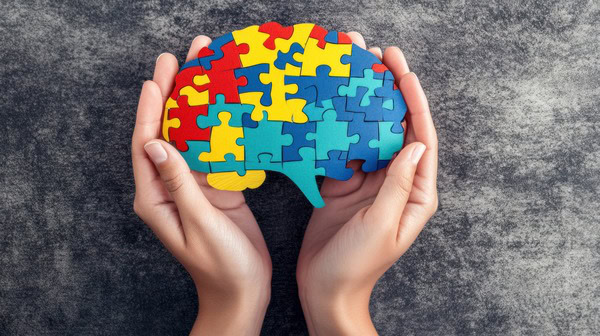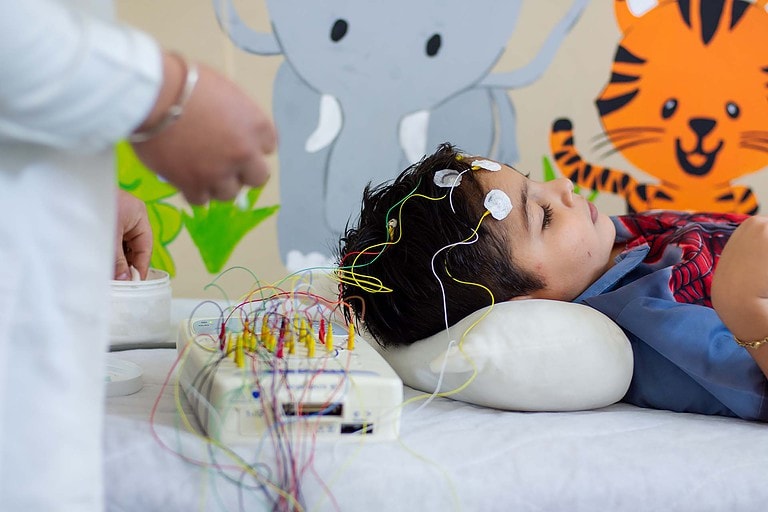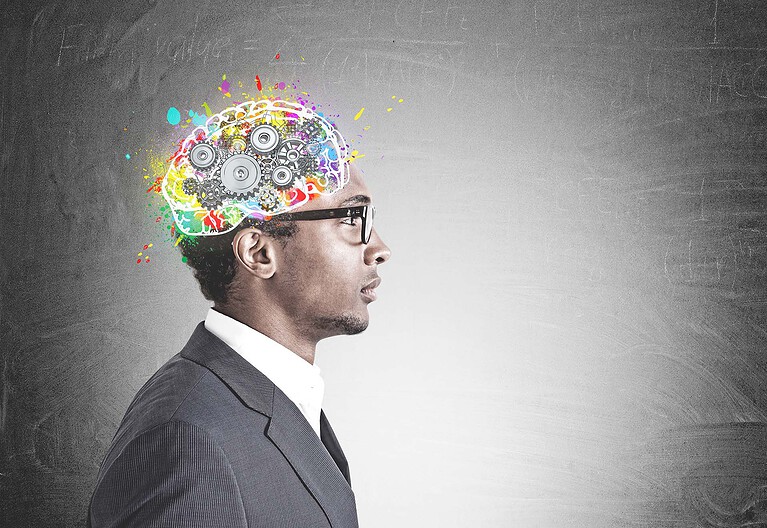Neurodiversity represents a paradigm shift in how we understand human differences. Rather than viewing conditions like autism, ADHD, dyslexia, and others as deficits to be corrected, neurodiversity recognizes these as natural variations in the human brain. This perspective has profound implications for both education and work environments, where practices can harness the unique strengths of individuals while providing appropriate accommodations for challenges. This article explores how institutions can evolve to better support learners and employees, ultimately creating more innovative and equitable spaces for all.
Understanding Neurodiversity
The term “neurodiversity” was coined in the late 1990s by sociologist Judy Singer, who advocated for a new understanding of differences. Rather than categorizing conditions like autism, ADHD, and dyslexia as disorders, the paradigm recognizes these as natural variations in how human brains function. This perspective shift has profound implications. When we view differences as pathology, we focus on “fixing” individuals to fit standardized environments. The neurodiversity approach instead suggests that environments should adapt to accommodate different styles, recognizing that each brings valuable perspectives and abilities. These differences may include:
- Variations in sensory processing
- Different approaches to communication
- Unique patterns of attention allocation
- Alternative learning methods
Transforming Educational Environments
Traditional educational models were designed with typical learners in mind, often leaving many students struggling in environments that fail to accommodate their learning needs. However, this paradigm is gradually shifting toward more approaches. The traditional classroom setting – with its emphasis on standardized testing, uniform teaching methods, and conventional social expectations – can create significant barriers for students. These students may excel in certain areas while facing challenges in others, leading to misconceptions about their abilities and potential.
Universal Design for Learning
Universal Design for Learning (UDL) represents one of the most promising frameworks inspired by neurodiversity. Unlike models that reactively modify standard approaches for specific students, UDL proactively creates flexible environments that work for all students from the outset. The UDL framework emphasizes:
- Multiple means of engagement (the “why” of learning)
- Multiple means of representation (the “what” of learning)
- Multiple means of action and expression (the “how” of learning)
By designing coursework with these principles in mind, educators create classrooms where all students can thrive without stigmatization or separation. For this to happen technological advances have revolutionized accessibility in education. Text-to-speech software helps dyslexic students access written material, while speech-to-text assists those who struggle with writing. Digital organizational tools support students with executive functioning challenges, and sensory-friendly modifications like noise-cancelling headphones help those with sensory sensitivities. These technologies improve the learning experience for everyone.
Neurodiversity in Work Settings
The workplace is experiencing a similar evolution in perspective. Forward-thinking companies are recognizing that diverse teams bring innovative approaches to problem-solving. The traditional workplace, like the traditional classroom, has often operated on assumptions about “normal” ways of working, communicating, and interacting. These assumptions can create unnecessary barriers for many individuals who may process information differently. At the same time, these employees often bring valuable perspectives and skills to their work.
Structured Inclusion Programs
Major corporations including Microsoft, SAP, and JPMorgan Chase have implemented dedicated hiring initiatives. These programs recognize that traditional hiring processes often screen out qualified candidates who may struggle with conventional interviews but excel in technical assessments or practical demonstrations. These structured programs typically modify recruitment practices, provide transition support, and create ongoing accommodations. The results have been impressive – companies report that diverse teams demonstrate higher productivity, increased innovation, and improved quality control. Accommodations that support employees include:
- Sensory-friendly workspaces with options for noise reduction
- Clear communication practices with explicit expectations
- Flexible work arrangements regarding schedules and remote options
- Structured processes with visual supports
The Future Path
As our understanding continues to evolve, so too will our approaches. Emerging research suggests that the binary distinction between “typical” and “different” may itself be overly simplistic – we may all exist somewhere on a spectrum of variation. According to Dr. Christian Beste, who researches human performance, “The environment dramatically influences function across all types. Simple modifications can significantly improve performance for everyone.”
Christian Beste and colleagues are developing evidence-based frameworks for optimizing environments based on individual profiles. Rather than broad categorizations, this personalized approach recognizes that each person has unique strengths and challenges. “The most effective environments,” Beste notes, “are those that offer flexibility without chaos, structure without rigidity, and accommodation without segregation.” This research-driven approach moves beyond simple accommodations to consider how environments can be optimized for different styles. By understanding the specific ways in which individuals process information, we can create environments that allow everyone to contribute their unique abilities while minimizing unnecessary barriers.







